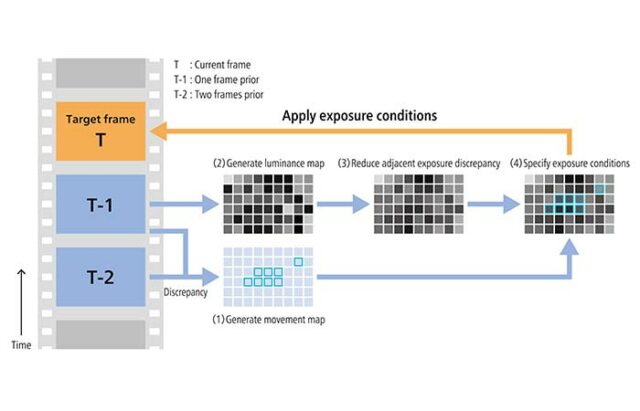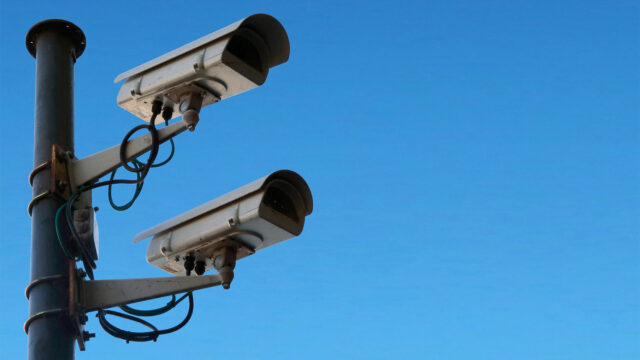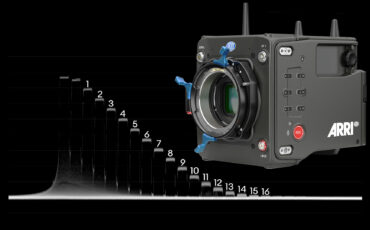
Canon has developed a new 1” backside illuminated sensor that is capable of capturing 24.6 stops of dynamic range in 4K, according to the manufacturer. For comparison, most modern cameras claim to have 12-15 stops of dynamic range with the ARRI ALEXA 35 claiming 17 stops. The human eye is said to have only 21 stops of dynamic range. Let’s take a look at how Canon was able to achieve these impressive results.
The engineers at Canon always seem to dazzle us with eye-catching headlines — like back in 2015 when they announced a low-light sensor capable of 4 Million ISO. Even though this new sensor is intended primarily for monitoring applications, perhaps this is a glimpse of what is to come.

Canon has developed a 1.0-inch, backside illuminated CMOS sensor, that breaks new ground in delivering more than 24 stops of dynamic range in 4K resolution at 30fps. To do this, the engineers developed a new approach that divides the sensor into 736 areas and determines the best exposure settings for each one.

Conventional ultra-HDR methods rely on taking multiple exposures and synthesizing them into a single image, usually in camera. That technique can produce motion artefacts and blurring when dealing with moving objects.
Canon R5 C Ultimate Video Manual
The method Canon has developed to deal with this problem allows each of the 736 regions of the sensor to be exposed independently to the optimal exposure time based on the brightness level.
“Canon’s new image sensor is equipped with multiple CPUs and dedicated processing circuitry, enabling it to quickly and simultaneously specify exposure conditions for all 736 areas within the allotted time per frame”
– Canon Inc. on January 12th, 2023
This sounds similar to local dimming in LED TVs where multiple independent zones illuminate different parts of the image rather than a single light source. In TVs, local dimming allows bright objects to be visible in the same image without greying out the darker areas.

Dividing the sensor up into regions allows for the proper exposure of all parts of the image in challenging lighting conditions. This also reduces the amount of data processing and enables high-speed image capture at speeds of approximately 60fps with a pixel count of ~12.6 million pixels.

In tests, Canon was able to achieve a dynamic range of 148 dB @ 30fps, and 142 dB @ 60fps. Mathematically, that works out to 24.58 stops, and 23.58 stops respectively.

Unfortunately for us, this sensor was designed with industrial and security use in mind. But that doesn’t mean we won’t start to see ultra-HDR like this incorporated into cinema cameras one day.
If you would like to read the full details about this amazing new sensor, make sure to check out the News Release on Canon’s site.
Featured image credit: Photo by Marek from Pexels
How important is high dynamic range in your workflow? What do you think about Canon’s latest sensor development? Let us know in the comments below!




























